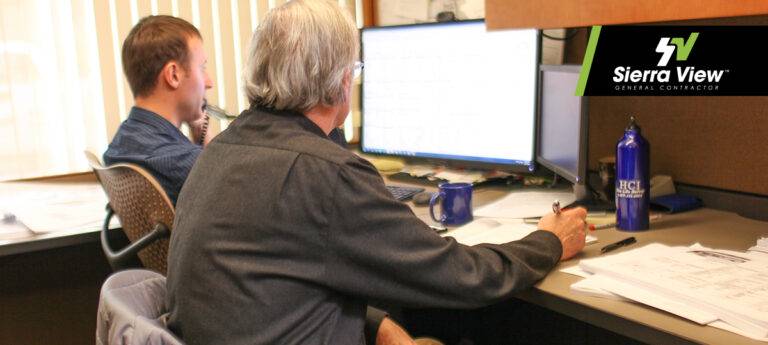Digital Twins are not a new technology; manufacturing and aviation industries have been using them for years to model designs and detect potential issues that could result in an unsafe end product. Construction is now widely using this modeling technique to a similar end, leveraging Digital Twins to improve safety, efficiency, and profitability on the construction site and beyond.
With the broader availability and implementation of BIM (Building Information Modeling), Artificial Intelligence, drones and sensors, and the Internet of Things (IoT), Digital Twins have become the 3D model of choice for tech-savvy contractors after gaining significant momentum in this industry last year. Contracting firms started catching on and more readily embracing higher technology, and since 2019 Digital Twins have become practically ubiquitous amongst the top contracting firms operating today.
Digital Twins help manage worksites by tracking all the moving parts and resources, bringing attention to possible material and labor allocation and safety issues. Worksite managers can readily assess and control the budgetary balancing act of labor and material costs as they evolve throughout a project. This helps managers keep the project on the right track, running as smoothly as possible and staying within budget.
Mapping Digital Twins of structures provides a number of benefits that managers leverage to improve communication between teams on the worksite and between the client and contracting firm. Having a live feed of every component in play on a worksite, including any IoT connected devices or machinery, inventory and location of material assets, and a constantly-updating live model of the structure itself, is a hugely useful asset during construction. It even monitors the expense and profitability of a project not just in the construction phase, but throughout the lifetime of the structure.
The building’s Digital Twin is a high-value deliverable product after construction is complete. This virtual structure and its build-in AI can be passed to the client for their own use during the lifetime of the structure. Owners will use it to access their building’s data and make decisions based on the insight it provides for optimal building utilization and decisions on future improvements.
After a client gains control, the Twin monitors its fully constructed counterpart and alerts building managers in real-time to potential emergencies in high-risk settings like airports and hospitals. By alerting personnel to potential problems in connected systems like HVAC (Heating, Ventilation, and Air Conditioning) and electrical, Twins help avert disaster before it happens.
It’s not just disaster aversion they’re good for, though. Twins are constantly collecting data that can be used in a wide range of applications. For example, a retail structure could monitor foot traffic, sales, and room temperatures and communicate that data to assist in optimizing conditions that encourage the best sales numbers. A large facility with many departments might monitor the use of its rooms to help optimize the use of space so that cramped departments and sparsely populated spaces can be better allocated for optimal performance across all departments.
Sierra View implements leading technologies and techniques because we see the massive potential and added value technology like BIM and Digital Twins can provide for us and our clients. We only want to deliver the best possible end product every time. If you want to learn more about the ways a Digital Twin could help you maximize your existing structures’ utility or get started on a new design plan, we are always available to field your ideas.
